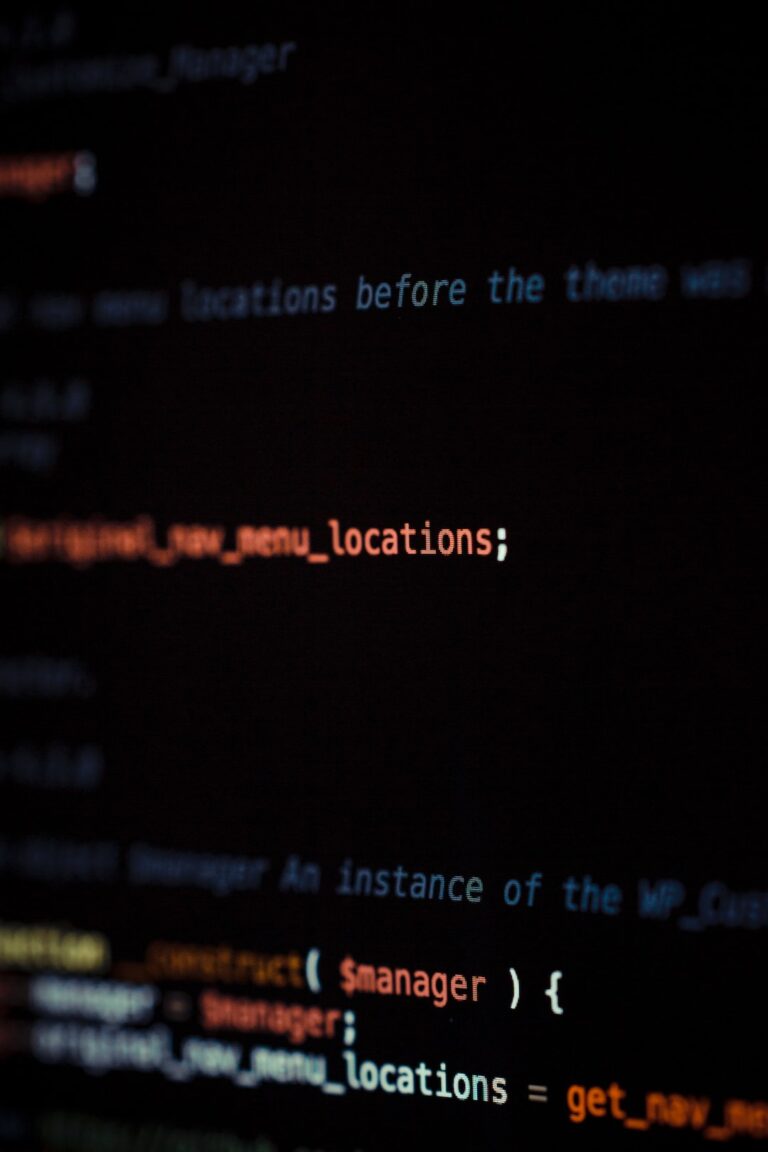Ethereum, as one of the major platforms in the blockchain space, has introduced a plethora of terms and concepts that both novices and professionals alike grapple with. One of these terms is the 'Wad'. At first glance, 'Wad' might sound obscure, but its roots are quite straightforward.
What Exactly is a 'Wad' in Ethereum?
In the world of Ethereum smart contracts, a 'Wad' is essentially a unit that represents a significant number. Specifically, it stands for the number 10^18, often used for denominating ether in its smallest unit, wei. In essence, a 'Wad' aids developers in creating, reading, and managing large numerical values in their code.
The Importance of Precision: Why 'Wad' Matters
When dealing with financial applications and systems, precision is paramount. Ethereum and other blockchains manage vast sums of money, and even a minor discrepancy can lead to significant financial losses.
Using units like 'Wad' ensures that:
- Consistency is maintained: Instead of remembering or computing the actual number 10^18, developers can use 'Wad' as a shorthand, ensuring uniformity in codebases.
- Human error is minimized: Large numbers can be cumbersome to deal with. By using 'Wad', the risk of human errors – such as miscounting zeros – is greatly reduced.
Practical Application of 'Wad'
To better understand how 'Wad' is integrated into Ethereum's smart contracts, consider the following pseudo-code:
function transferWad(address recipient, uint256 amountInWad) public {
uint256 amountInWei = amountInWad * 1e18;
require(balanceOf(msg.sender) >= amountInWei, "Insufficient balance");
balances[msg.sender] -= amountInWei;
balances[recipient] += amountInWei;
}In this example, we're converting an amount in 'Wad' to its equivalent in wei before proceeding with the transfer. This ensures that transactions are always handled with the utmost precision.
Conclusion: Embracing 'Wad' in Ethereum Development
The Ethereum ecosystem, with its myriad terms and intricate structures, may seem daunting. However, tools and terminologies like 'Wad' simplify complex operations, ensuring that developers can produce clean, efficient, and error-free code. By understanding and embracing these terms, one can navigate the Ethereum landscape more confidently and efficiently.
Frequently Asked Questions (FAQs)
Q: Why is 'Wad' specific to 10^18 in Ethereum?
A: Ethereum's smallest unit, wei, is often dealt with in large quantities due to its minute value compared to Ether. Using 'Wad' simplifies the representation of 10^18 wei, making it easier for developers.
Q: Can 'Wad' be used outside of Ethereum?
A: While the term 'Wad' is predominantly used in Ethereum, the concept of simplifying large numbers can certainly be adopted in other contexts or blockchains.
Q: How prevalent is the use of 'Wad' in Ethereum-based projects?
A: Many prominent Ethereum projects and DApps adopt 'Wad' for its convenience and precision, especially those dealing with financial transactions.


